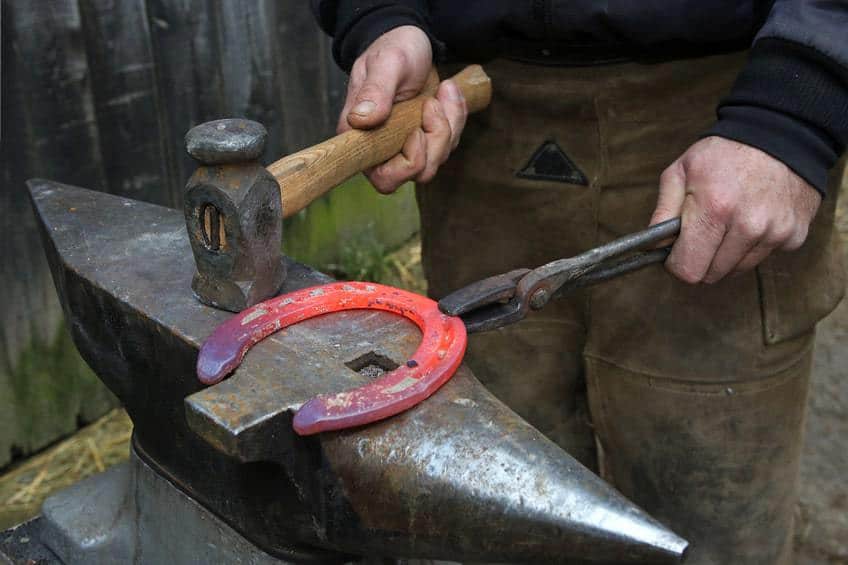How often should the farrier be shoeing my horse?

One of the most vital ways to ensure your horse has healthy feet is how frequently they are trimmed or shod. Advice ranges from between four and eight weeks, so how do you know what is the most suitable frequency for shoeing your horse?
Marc Jerram BSc (Hons) AWCF Master Farrier lists the main things to consider when planning his farriery routine.
Breed of your horse
Certain breeds such as Thoroughbreds can be known for having weak, poor quality feet that require regular farriery to ensure the feet stay in balance.
In contrast, native breeds such as New Forest or Exmoor ponies can have a longer farriery cycle, as they are known for having strong feet. This means they are less likely to chip or crack when left barefoot, due to their ability to cope with the terrain they walk over.
Work regime
The more you ride, the more wear and tear on the shoes/hooves. Horses in a lot of work and those that are competing tend to wear shoes out faster than those in light work.
The type of terrain you ride on also has in impact, such as roadwork or riding on hard or flinty tracks. Shoes will last much longer on a horse that is mainly schooled, or hacked out in fields. However, they still need their feet trimming every six to eight weeks, even if the shoes are in condition.
Wear and tear is more of a factor in the summertime when lighter evenings allow people to hack our after work/school. Horses in preparation for competition should be shod/trimmed more often to enhance performance and if studs are used, the stud holes will have a fresh thread from a newly shod hoof.
Environmental conditions
If there is a prolonged dry spell during the summer, the barefoot hoof can sometimes chip with the hard ground. If the horse is shod, clenches may rise after a prolonged dry spell. Shortening the farriery cycle by at least one to two weeks, compared to the winter, will help reduce the likelihood of this occurring.
Previous injuries
If your horse has ever suffered with tendon injuries, navicular or laminitis, it is highly recommended to shorten the shoeing/trimming cycle. This will help to reduce the amount of excessive force placed upon the legs and feet occurring from long toes.
Always consult with your hoof care professional for the advised amount of time between visits.






